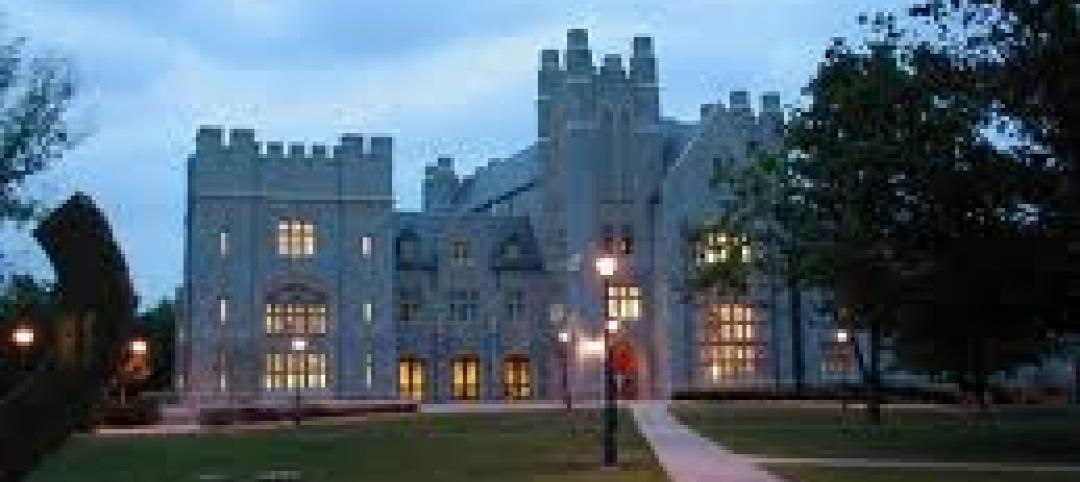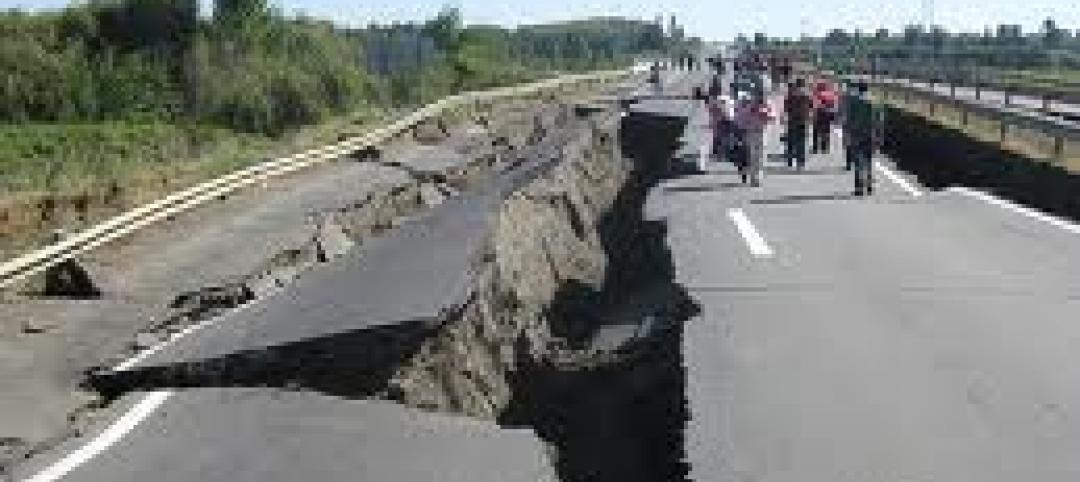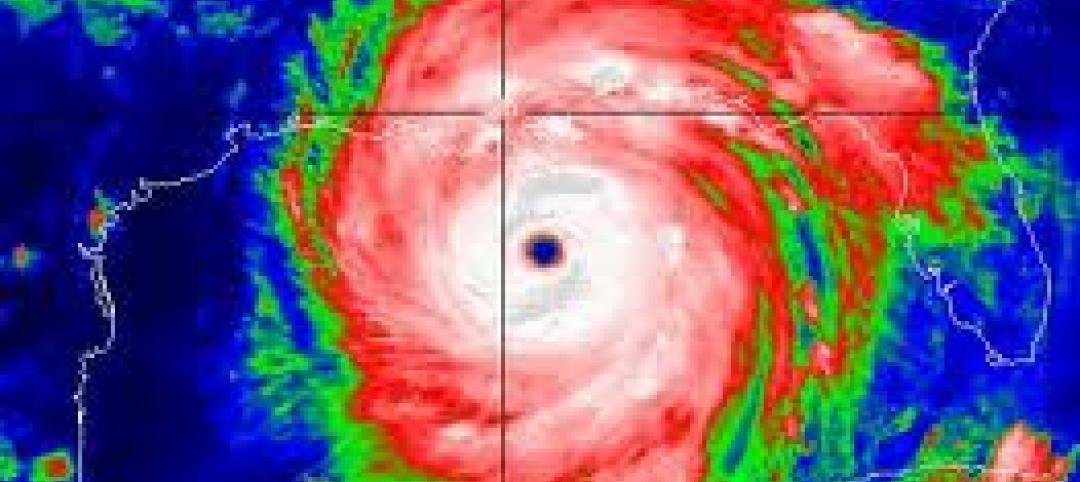Thirty-nine high rises in San Francisco are at risk of collapse in a major earthquake, according to a new study by the U.S. Geological Service (USGS).
The vulnerable buildings (known as welded steel moment-frame buildings) were constructed by using a flawed technique to weld columns and beams together. This technique was found to be less resilient to seismic activity after the 1994 Northridge earthquake in Los Angeles where critical joints were damaged in several buildings that had been welded.
The building code was revised in the mid-1980s to require more stiffness, and then again in the mid-1990s to correct the defective welding technique. San Francisco outlawed the technique in1994 after damage from the Northridge quake on high rises was discovered. The list of vulnerable structures includes the former Bank of America building, the headquarters of Pacific Gas and Electric, three hotels, and the Salesforce West tower.
San Francisco has offered incentives to repair at-risk buildings. In 2009, the city expedited permits and agreed to waive fees for so-called “soft-story buildings” that have garages or windows on the bottom floor.
Related Stories
| Jan 30, 2012
Roofer’s fatal plunge demonstrates need for fall-prevention regulations
“The biggest problem is getting our workers to use the equipment,” says Michael J. Florio, executive director of the organization.
| Jan 26, 2012
Tampa moves to streamlined online permitting system
The system will replace an inefficient patchwork of old software and is designed to provide businesses, homeowners, and contractors with online access to permitting and licensing information.
| Jan 26, 2012
EPA to collect more data, seek comments before finalizing mud rule
The EPA says it will seek more data and is accepting comments until March 5.
| Jan 26, 2012
Industry challenges Connecticut's suit over defective construction work
The dispute arose over multimillion-dollar leaks at the University of Connecticut's law library.
| Jan 26, 2012
Earthquake 'fuse' could save buildings during temblors
The idea is to use an earthquake "fuse" that can prevent the tiny fractures and warps that make structures unsafe after a quake and very expensive to repair.
| Jan 26, 2012
HPD open materials standard for green building materials gains momentum
GreenWizard, provider of a cloud-based product management and project collaboration software, is the latest industry participant to sign on
| Jan 26, 2012
Siemens launches smoke detection knowledge center
New knowledge center web site demonstrates efficacy of smoke detection.
| Jan 18, 2012
Chile's seismic code upgrades credited with saving lives in 2010 quake
Since 1960, when Chile suffered a 9.5 magnitude quake, the largest ever recorded; the country has steadily improved building codes to protect lives and property.
| Jan 18, 2012
Report analyzes residential hurricane codes in 18 states
The Insurance Institute for Business & Home Safety (IBHS) released a new report analyzing residential building codes in 18 hurricane-prone coastal states along the Gulf of Mexico and the Atlantic Coast.
| Jan 18, 2012
Death in Chicago high-rise apartment fire blamed on fire code
The death of a Chicago woman who stepped off her elevator into a blazing inferno last week has underscored the need for fire sensors in elevators.

















